Boulder Blue Fescue
$34.50 Original price was: $34.50.$24.15Current price is: $24.15.
- Free Shipping over $25
- Fast & reliable delivery options
- Enjoy top quality items for less
- Multiple safe payment methods

Ornamental grasses are among the most useful and easy to grow plants for the garden. Even if you don’t have time for flowers, you have time for grasses, because they give so much, and ask so little. For contrast and edging, they are supreme, and for all those hot, sunny spots in your garden, the Boulder Blue Fescue is your top choice. This small grass makes up in vibrancy and powerful color for its small size, and it really ‘pops’ adding a wonderful deep metallic-blue touch to your planting. Considered by those who know to be the very best of the blue fescue grasses, with the most intense coloring, the fine, hair-like leaves of this beauty are not matched by any other plant, and for contrast and extra color you simply can’t go wrong when you plant it.
Growing the Boulder Blue Fescue
Size and Appearance
The Boulder Blue Fescue is a clump-forming ornamental grass – don’t worry, it won’t spread and take over your garden – that grows into dense clumps of foliage 8 to 12 inches tall and wide. It has many slender leaves rising from the center and arching over, and as more grow the outermost ones become horizontal, so that the plant is a dome of fine growth. The leaves are exceptionally thin, but they are produced in profusion, making a dense clump. They are a very intense metallic-blue color, more intense than any other variety of blue fescue you have ever seen. You will be amazed at the depth and intensity of this coloring, if you have only seen the more common forms of blue fescue grass, which are a much softer, powder-blue. In warmer zones it is evergreen or semi-evergreen.
This variety is also known for its profuse flowering, and in summer many spikes of flowers rise a few inches above the tips of the leaves. They begin pale greenish-white and become first tan and then light brown as they mature, lasting well into fall. These add an attractive note to an already striking plant.
Using the Boulder Blue Fescue in Your Garden
Beds of shrubs can become ‘heavy’ looking, and the lightness and airiness of grasses is the perfect counterpoint to that. In a smaller garden, dot the Boulder Blue Fescue around in the foreground of your beds, as an accent. In larger beds plant several together in a drift or edging, spacing them about 8 inches apart. This plant is perfect in the pockets of a rock garden or planted among stones and boulders in dry parts of your garden. It is a valuable addition to a xeric planting, because it is very drought-resistant. It is also valuable for carpeting small areas with a ‘lawn’ you never need to cut if the area is not walked on very much. It can be used in planters and pots, surrounding larger plants and making an attractive color and texture contrast.
Hardiness
The Boulder Blue Fescue is very hardy, surviving winter well in zone 4, and growing just as well in zone 9. Winter damp is more of an enemy than winter cold, and wet soil for extended periods can kill or damage your plant. It prefers drier climates, and the south-east is often too humid and hot in summer, while dry heat in Arizona, the mild warmth of the north-west, or the climate of the north-east suit it just fine.
Sun Exposure and Soil Conditions
Grow the Boulder Blue Fescue in full sun for best results. The soil should be well-drained, and this plant prefers lighter, drier soils, so sandy and stony areas are ideal for it. Avoid heavy clay and wet, low-lying places.
Pruning and Maintenance
Very little maintenance is needed, and the Boulder Blue Fescue just needs a little attention once a year. In late fall or early spring cut the clump back to just a few inches tall, removing all the dead foliage. Fall trimming is best in colder zones, as the dead leaves may rot under the snow, causing damage. In warmer areas this plant will remain attractive throughout most of the winter, so a spring trimming is preferred. Do it early, before any new growth appears, or you will cut the tips off the new leaves and detract from its beauty. Pests and diseases are normally not an issue, and any problems can usually be traced to planting in wet soil. Deer normally don’t eat it.
History and Origins of the Boulder Blue Fescue
The blue fescue, Festuca glauca, is native primary to central and southern France, although it can be found in other parts of Europe. Wild plants are found growing in dry, low-fertility grazing areas, and the color of individual plants varies from green to blue-green. Gardeners have selected seedlings for many years which have stronger blue color, and more ornamental value. The variety ‘Boulder Blue’ was found around 1980 among a batch of seedlings by Ted Keuttel of Golden, Colorado. He is a Swiss-American who with hard work built his own nursery business selling perennial plants to landscapers and Garden Centers. He is a keen plantsman, with an eye for the special and the best. His ‘Boulder Blue’ fescue was not widely distributed until larger growers began to produce it. It is widely considered to be the best and richest blue of all the different ‘blue fescue’ plants available.
Buying the Boulder Blue Fescue at The Tree Center
You will love how the Boulder Blue Fescue brings both rich color and a delicate texture into your garden, in a way no other plant can. These plants are always popular, and in high demand. This particular variety is the best there is, and hard to source, so our supply will be gone very soon. Order now – why settle for the second-best?
Be the first to review “Boulder Blue Fescue” Cancel reply
Related products
Shrubs and Hedges
Hydrangeas
Rhododendron
Butterfly Bush
Shrubs and Hedges
Other Shrubs & Hedges
Hydrangeas
Drift® Roses

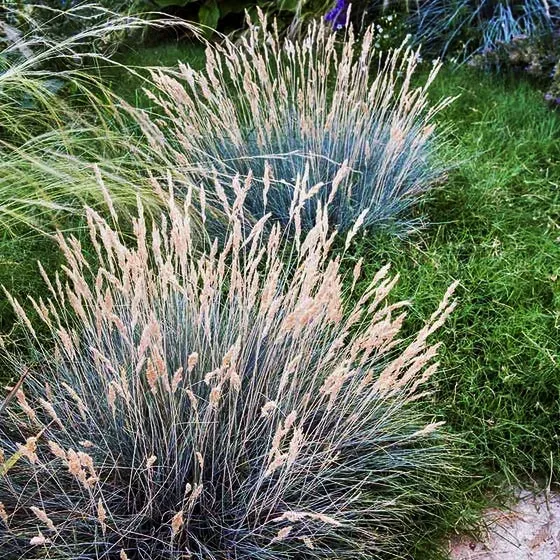


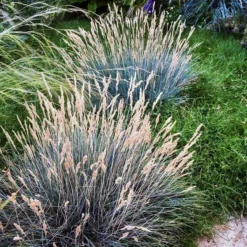
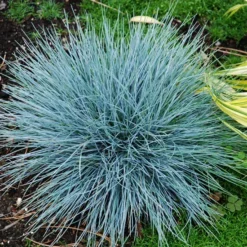

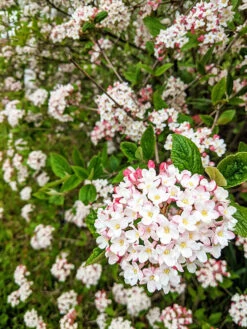
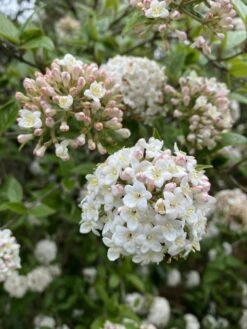
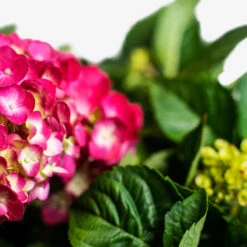
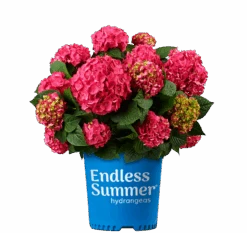
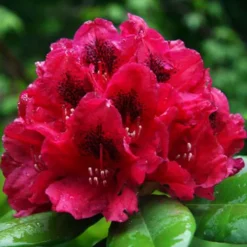


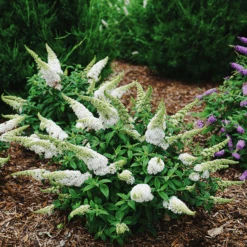
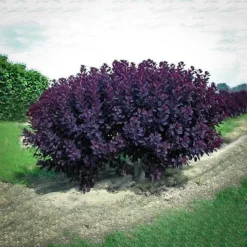
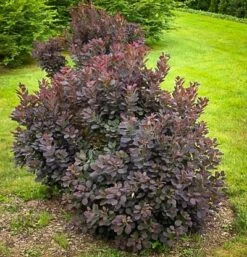
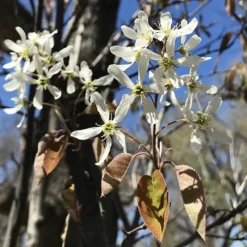


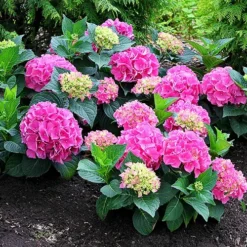
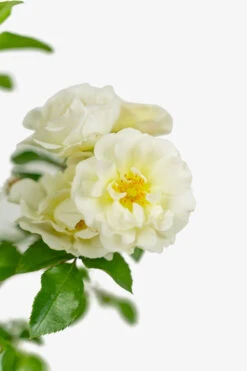
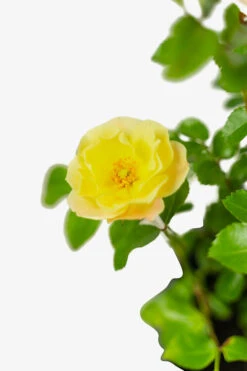
Reviews
There are no reviews yet.